Virus-related illnesses are referred to as viral infections. Colds, the flu, COVID-19, norovirus (“stomach flu”), HPV (warts), and herpes simplex virus are examples of common viral infections. (cold sores). Many viruses vanish on their own, but some can cause serious or chronic disorders.

What do you mean by Viral Infection?
You can develop viral infections from microscopic organisms that utilize your cells to multiply themselves. (viruses). The majority of your body may be infected by viruses, which can also affect the respiratory and digestive systems.
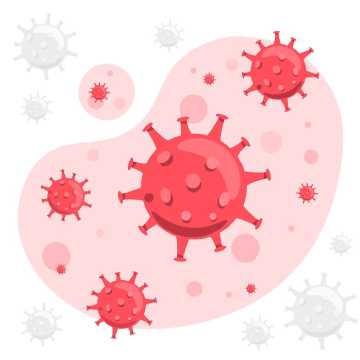
What is a virus?
A virus is a type of sickness that is so little that it must be observed under a microscope. A thin coating of genetic material (DNA or RNA) wrapped in a barrier exists on each virus. (capsid). It is comparable to an instruction envelope. Our cells, in contrast, function as an entire factory with all the equipment needed to carry out the instructions. By taking these actions, we may produce proteins and increase the number of cells in our body.
Because viruses lack cells, unlike you and I, they lack all the “machinery” necessary to reproduce further copies of themselves. Therefore, they must break into our cells and utilize our equipment to reproduce (create copies of) their instructions. Viral reproduction causes viral infections, which make you sick.
How can you tell whether a disease is viral or bacterial?
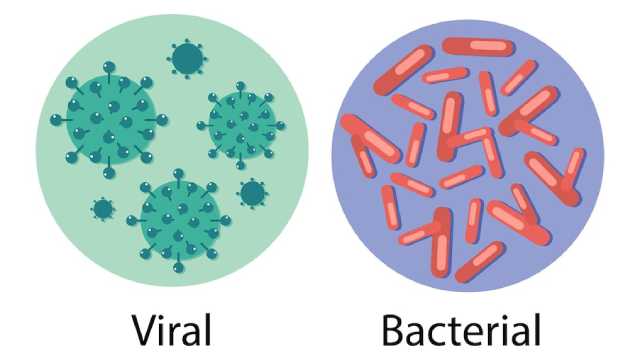
Fever, coughing, and rashes are common symptoms that can be brought on by both bacteria and viruses. You won’t know what kind of infection you have until a medical practitioner checks you. If you develop symptoms that last longer than a few days or alarm you, speak with your doctor.
What kinds of viral infections are there?

You may hear descriptions of viruses based on the areas of your body they affect, their modes of transmission, or the symptoms they produce. Adenoviruses and herpes viruses are two examples of viruses that can cause a wide range of illnesses. among the various viral infections are:
- Respiratory infections.
- Digestive system infections.
- Viral hemorrhagic fevers.
- Sexually transmitted infections (STIs).
- Exanthematous (rash-causing) infections.
- Neurological infections.
- Congenital infections.

Respiratory infections
Lungs, airways, noses, and throats are all impacted by respiratory infections. Pneumonia, bronchitis, sinusitis, or ear infections can all be caused by a variety of respiratory viruses. Examples include:
- Typical cold (usually caused by rhinovirus).
- the flu (influenza).
- COVID-19.
- Syncytial respiratory virus (RSV).
- Metapneumovirus in humans (hMPV).
- Parainfluenza.
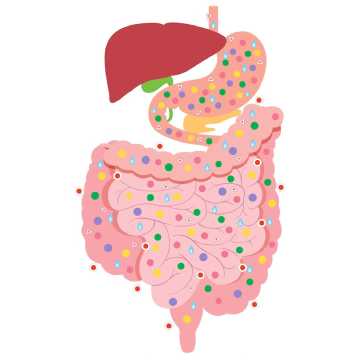
Gastrointestinal viral infections
Your stomach, intestines, or liver might be impacted by viral infections in your digestive system. These consist of:
- Gastroenteritis, sometimes known as “stomach flu,” can be brought on by norovirus, rotavirus, and astrocytic virus.
- Viral hepatitis damages the liver. Frequently, these infections are chronic. (chronic).

Hemorrhagic viral fevers
Hemorrhagic fevers can damage your blood vessels and influence how well your blood clots, which can result in potentially fatal bleeding. Examples comprise:
- Ebola.
- pulmonary hantavirus syndrome.
- bad dengue.
- Yeast infection.

Sexually transmissible diseases
Sexual intercourse, including oral, anal, and vaginal sex, is a major way that sexually transmitted illnesses are communicated. Examples comprise:
- HIV (human immunodeficiency virus) (HIV).
- genital warts and the human papillomavirus (HPV).
- Herpes genital (HSV).
- the hepatitis B virus.
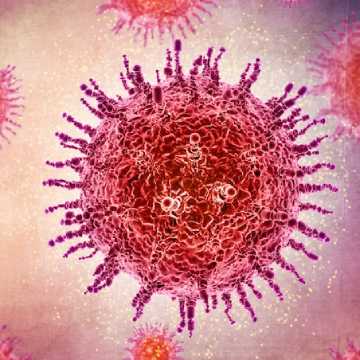
Viral exanthematous infections
Exanthematous viral infections can result in rashes that seem like lumps, blisters, or blood patches under your skin. They may also result in breathing problems or other symptoms. Exanthematous infections include the following examples:
- Chickenpox.
- Measles.
- Rubella (German measles).
- Roseola.
- Fifth illness.
- Mpox.
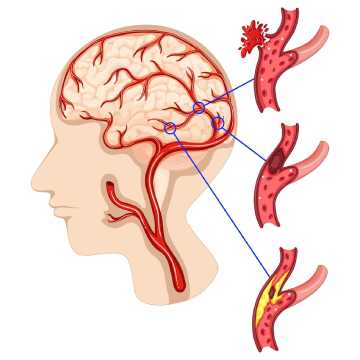
Infections in the brain
Some viruses attack your body’s nerve cells. (your brain and spinal cord). These can lead to potentially fatal conditions like meningitis or encephalitis, which can swell the brain or its covering and paralyze you. Examples include:
- West Nile illness.
- Polio.
- Rabies.

Virological birth defects
You can get congenital viral infections from birth. They are transferred from a pregnant woman to the fetus during development or delivery. Depending on the virus, this may result in several health problems, including neurological diseases, developmental delays, and loss of eyesight or hearing. The following viruses are known to cause congenital infections:
- Cytomegalovirus (CMV).
- Rubella.
- virus Zika.

Viral infections harm who?
At some time, we will all contract viral illnesses. However, you run a higher chance of developing a serious disease from a specific type of virus if you:
- Are over 65 or under five.
- Possess a medical condition, such as diabetes, asthma, COPD, or any type of chronic lung illness.
- Have an immune system that is impaired as a result of cancer, HIV/AIDS, or immunosuppressive medications.
Conclusion:
The majority of viral infections are not dangerous. We often deal with colds, the occasional stomach virus, and rashes and blisters on our skin. However, some viruses can cause fatal illnesses, and other common infections, like the flu, can get worse. This is why it’s crucial to take precautions to avoid spreading viruses to others as well as yourself. You can maintain your health by getting the necessary vaccinations, practicing excellent hygiene, and engaging in intercourse safely.







